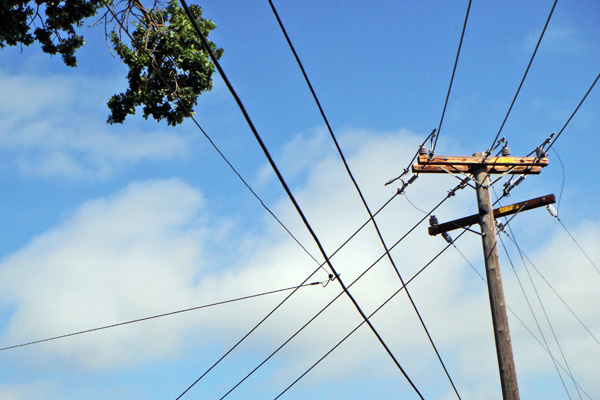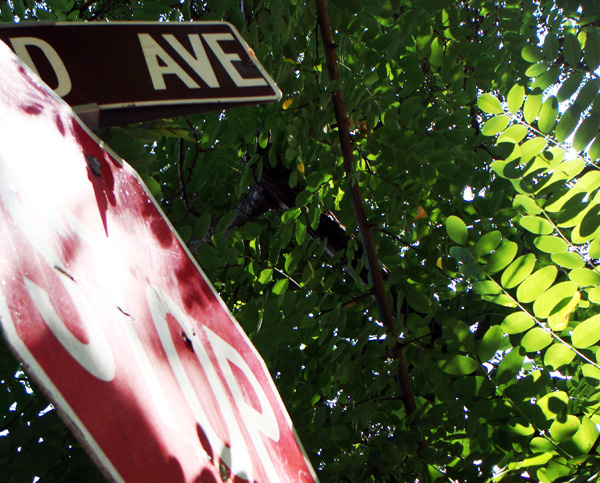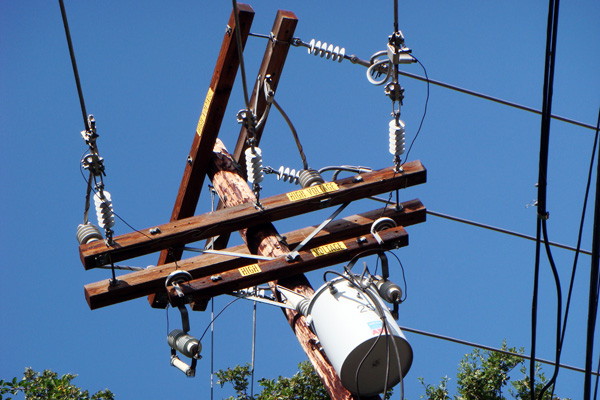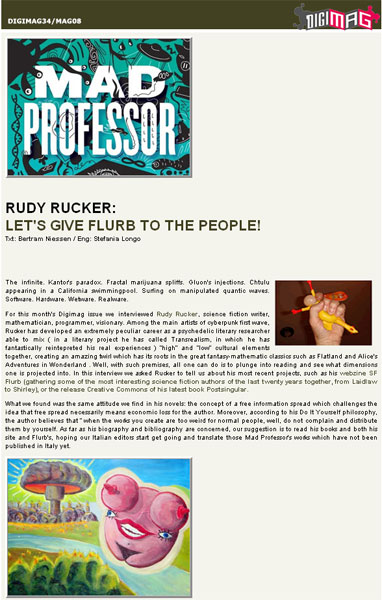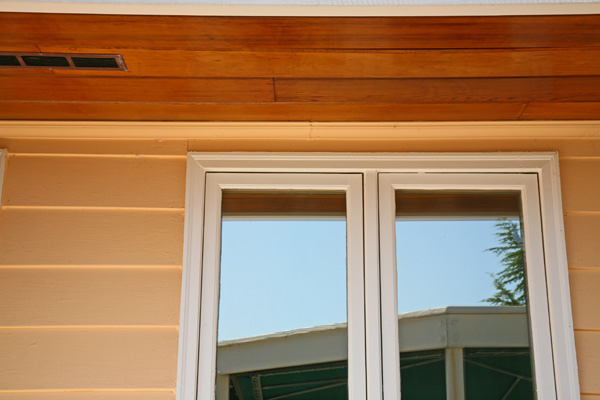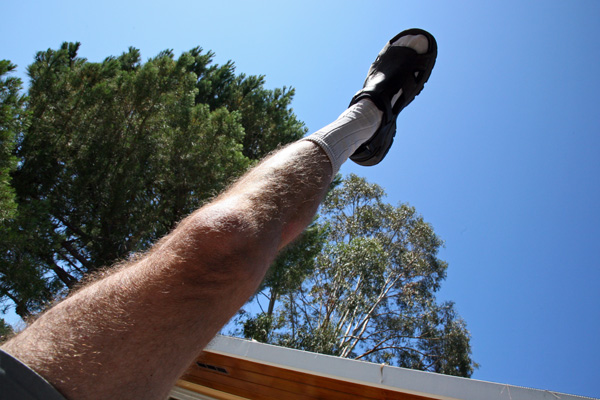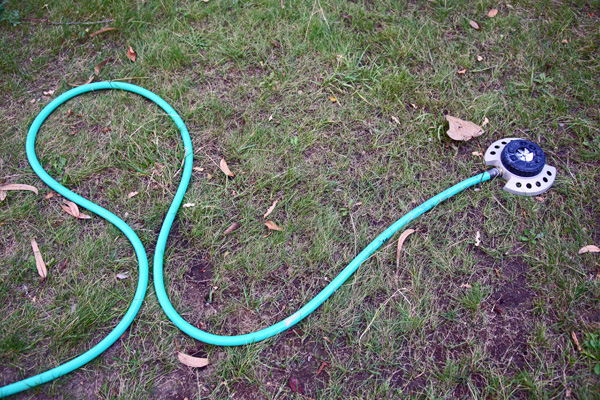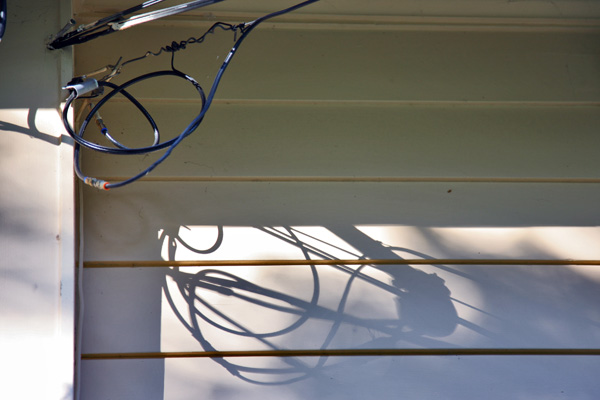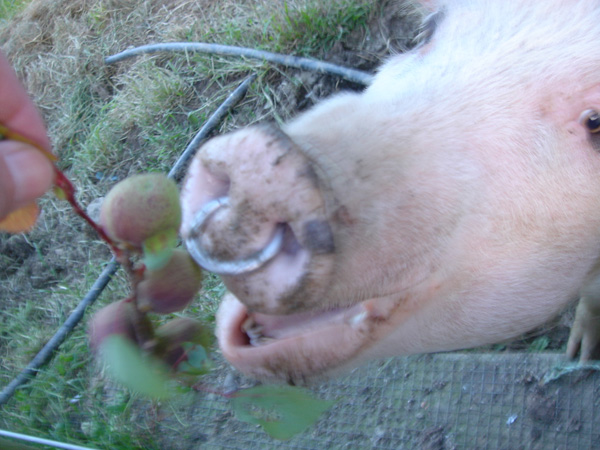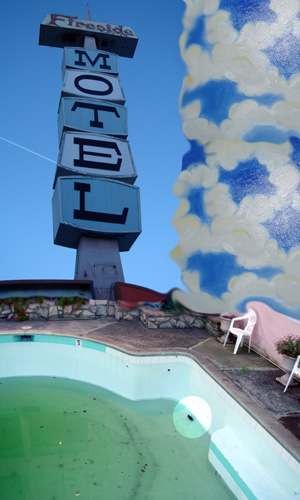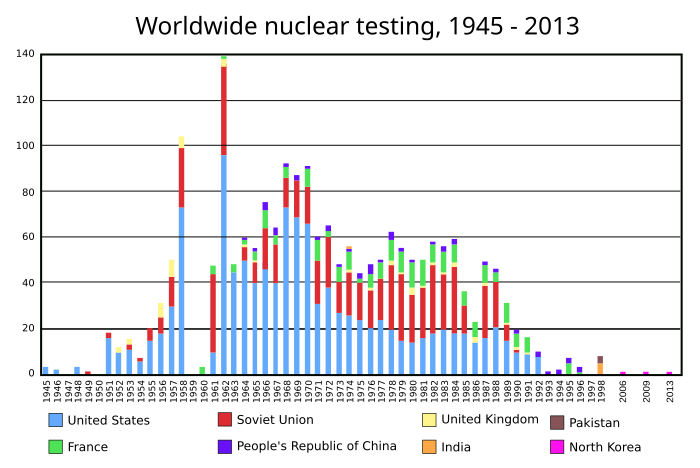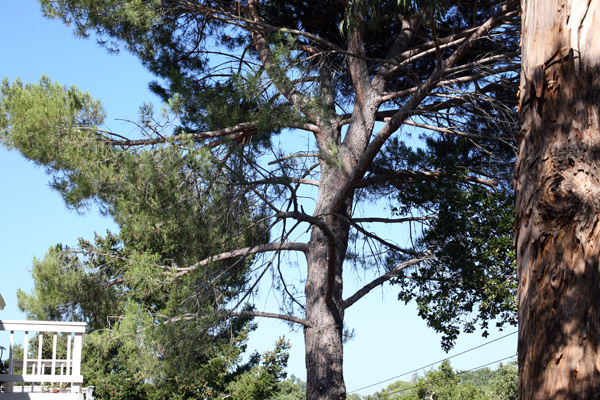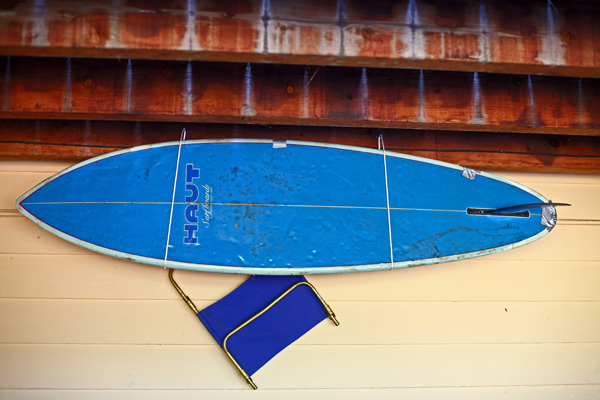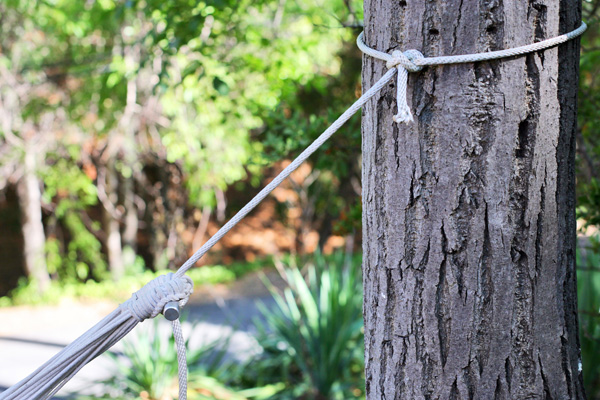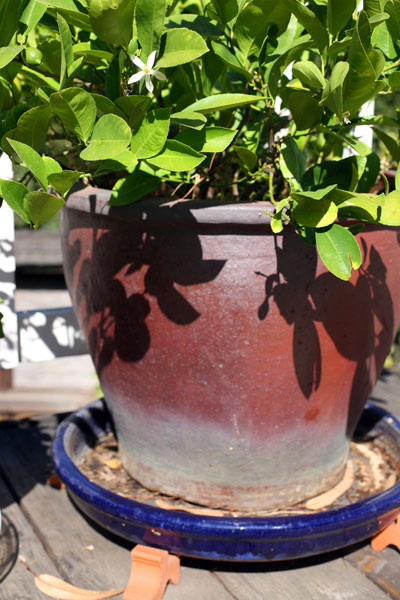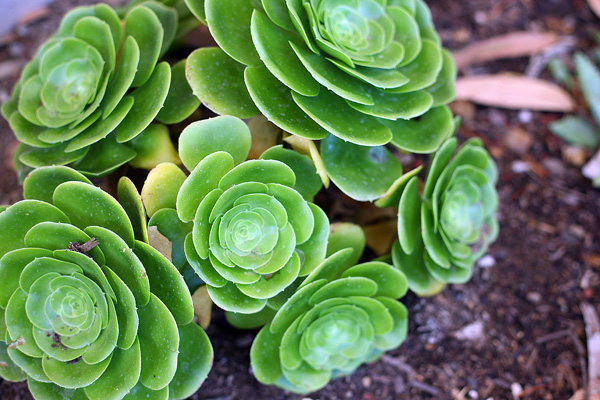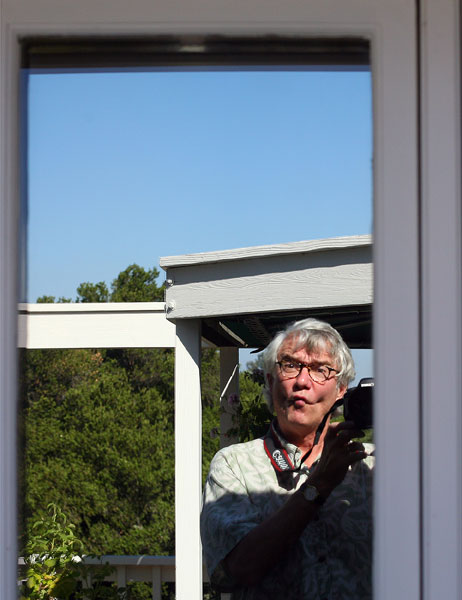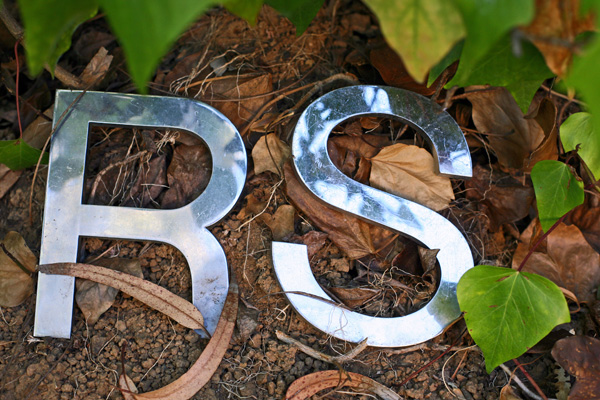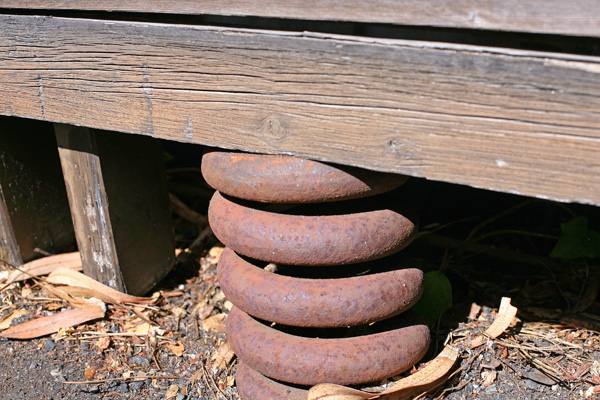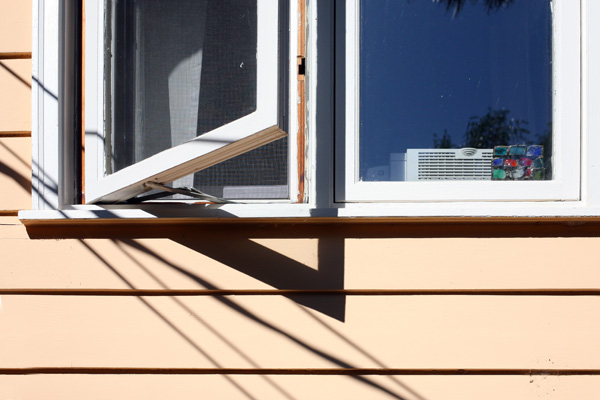I’m writing some catalog copy for Ralo Mayer’s small upcoming show in the funky Vienna Secession building, Sep 19 ”“ Nov 9, 2008. I delved through my online lifebox files to find my notes of the time I met her/him in Forth Worth, Texas, during the production of my play, “As Above So Below.”
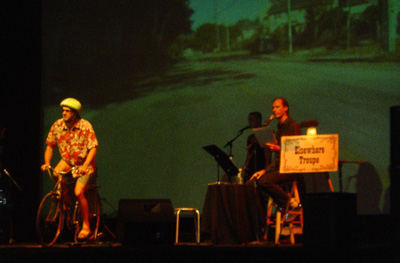
By the way, I’d love to see the play produced for a third time. Aas well as the Fort Worth production, the the Elsewhere Troupe did a partial production of it as an opera for the Keep Santa Cruz Weird Festival (shown above). I have a version of the script online as a PDF.
I’ll keep re-editing this entry this week in the context of this post, both to include my meeting Roni / Ralo, to move it to 2006, and to fatten it to 1,500 words. I had 700 as of July 14, 900 as of July 15, and early on July 16, I revised it to about 1,200 words. I think it’s close to done—I’ll do one more version off-line, a Draft Four, and email that one to Vienna.
[Begin Catalog Text Draft Three.]
I start with a photo of Ralo Mayer (a.k.a. Roni Layerson) on the right, and his collaborator krõõt on the left, near “Rucker Lane” in Vienna, holding two of my books, I believe Seek and Freeware.
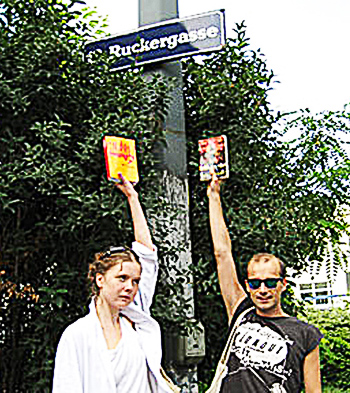
In August, 2006, I saw my transreal play “As Above So Below” produced in Forth Worth, Texas. The play involves an encounter that I had with a higher-dimensional manifestation of the Mandelbrot Set fractal, who came to me in the form of a womanly entity called “Mamma Mathematica,” or simply “Ma.”
The production was great, with beautiful dancing—Ma had dancers attached to her by ribbons, serving as small, satellite fractals—just as Roni Layerson is wreathed by her satellite identities and works of art.
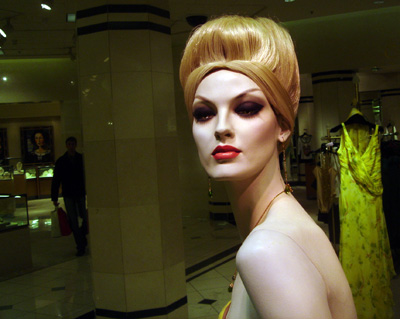
Roni in fact approached me after the show and said, “Hi, I’m in your play. I’m a fractal.” She had orbited in from Austria to visit the Biosphere and to dance in the show. She gave me a copy of a tiny Phil-Dickian book, Multiplex Fiction: How to Do Things With Worlds, 1.
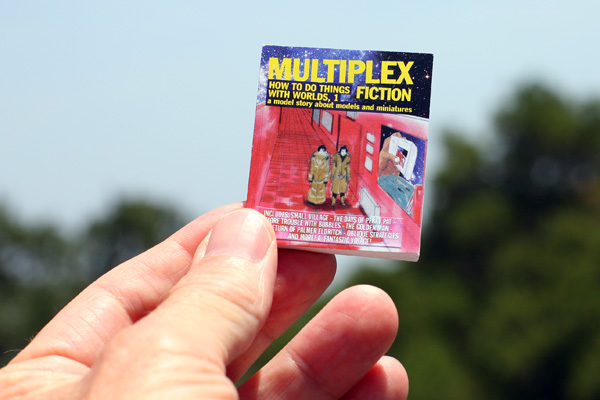
I had a strange feeling of mirroring when I talked to Roni, as if a hologram recording had come to life. Like me, Roni had heavy stubble; unlike me, she wore pancake makeup.
Being in Fort Worth as a visiting star artist felt like inhabiting an entry in Andy Warhol’s Diaries, which was my favorite bed-time reading in those days. One thing that struck me about the locals was how many of them were dressed like cows—that is, they were wearing white clothes with cloud-shaped black patches on them.
Roni suggested that these shapes were in fact designed from the panel-patterns of the Biosphere 2 dome. “The pattern of the shadows of the space-frame of Biosphere 2, which the sun projects onto the ground of prairie are in fact a kind of non-repeating space-filling Penrose tiling.”
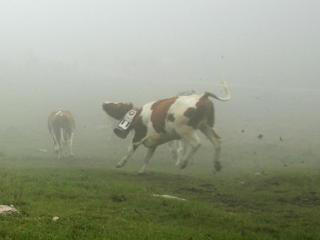
No less a cultural light other than Ivan Stang, the High Scribe of the Church of the SubGenius, was present at the Forth Worth show, right at Roni’s side. It was wonderful to have Stang there in his long hair and rough face with a gap between his front teeth, leaning maniacally forward, grinning at the lines. And even more wonderful to have Roni beside him.
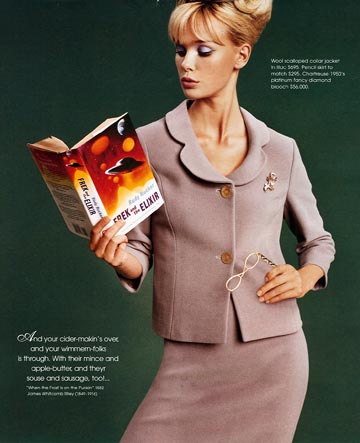
After the show we all went to some local art patrons’ house for dinner. Stang began peforming a Southern preacher routine: “Sun Young Moon, L. Ron Hubbard, and me were talking things over the other day. Sun Young talked about having done 110 Short Duration Marriages, with some lonely people having married Sun Young himself. I’ve done that. But, if a ShortDurMar is not consummated in 24 hours it is a grievous affront to ”˜Bob.’”
“So do you consummate all your marriages personally?” Roni wanted to know. “I’m interested because I’ve been calculating the number of possible sex acts that may have been performed inside the Biosphere 2.”
“I don’t practice what I preach,” replied Stang. “I’m a counter-Puritan. I tell people to have sex, and then I don’t.”

The “Ma” soprano Fiorella Tirenzi, was beautiful, and she came to dinner with her stage-wig on. She had enormous breasts with décolletage and a tight line where the mounds touched each other. Her leather blouse was open at the bottom, you could see her navel. Roni spoke Italian with her, and they shared some makeup, marking a tessellation of odd polytopes onto Roni’s bristly cheeks.
And then Roni said, “Come outside and look at something with me, Rudy. Science-fiction magic.”
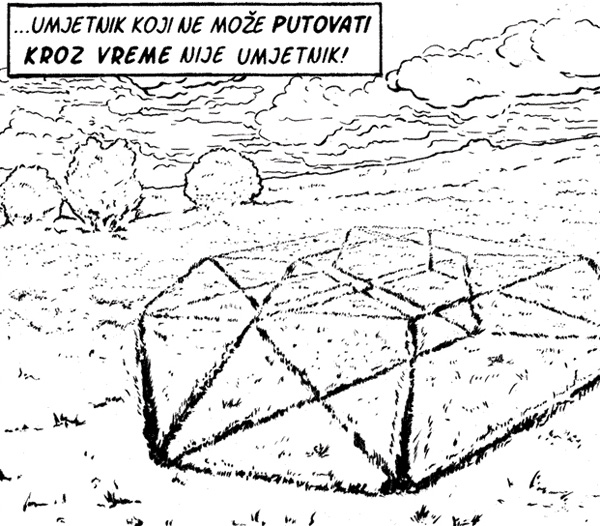
We made our way outside , and Roni fetched a container of liquid charcoal lighter fluid in our hosts’ garage. With quick, efficient motions, she sketched the skeleton of a hypercube onto the lush lawn and set it alight. “Nobody has to invent the time machine, you understand,” she said. “This is a preconstruction. What I do these days is to imitate myself.”
“But does the pattern work?” I asked. “As a time machine?”
“It transmits matter through time and space,” said Roni. “Come on, I’ll take you to Vienna, 2008.” And it was none too soon, as our hosts were howling with anger over their charred lawn.
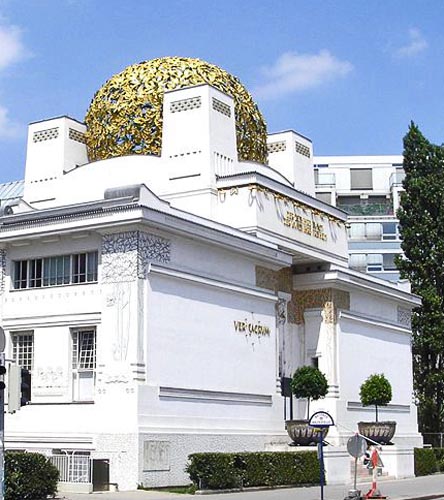
Roni and I flupped and shlupped, end over end through N-space, our ears filled with Yugoslav chants. And we touched down beside the Secession museum in Vienna.
“Every aspect in this building was designed by me,” said Roni / Ralo. “Preconstructed according to Metamartian edicts. It all follows logically from the architecture of Biosphere 2, the hermetic crystal palace of the Arizona desert, the Hall of the Martian Kings.”
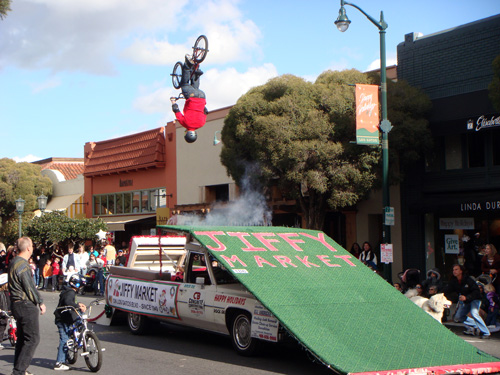
“Even the dome?” I asked.
“Ah, that’s another Penrose tiling,” said Roni, pulling off her shirt to reveal an intricate tattoo on a lean belly. “My skin has preconstructed the Secession building into the past. I am, you see, a kind of alien jelly fish. A living blueprint.” Her tongue flickered, its tip rapid and forked. “Would you like to go inside?”
“Isn’t the building locked?”
“No matter, never mind.” Roni made a fluid gesture, her fingers trailing like cuttlefish tentacles. And the negative spaces around the building became four-dimensional black blocks that annihilated all distinctions.

We passed through the icon-filled rooms to Roni’s exhibit room. A low, dim space with a rumpled bed and a running refrigerator. A video machine. Mounds of tiny books. A cactus the size of a bicycle. And here Roni folded up like portable drinking cup, disappearing into another dimension.
Poking around, I found a honey jar filled with moldy mushrooms in the fridge. I suppose I ate them, for the next thing I knew I was back in California—but with Roni’s book, Multiplex Fiction in my hand, tripping my brains out.
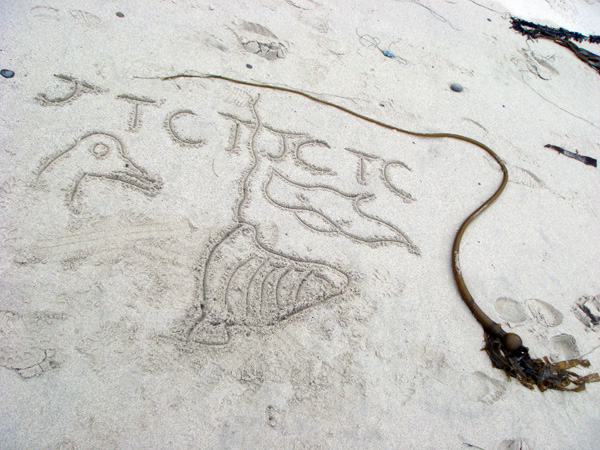
I read the little book daily now, at every hour, wandering my monastic halls like a beadle with his breviary, musing upon Roni’s lucidities and obscurations. It’s as if the entire corpus of human art and philosophy has been compressed into this tiny paper pad, which is very nearly small enough to eat. From time to time I gnaw off a page and eat it, spicing it with a fine brown mustard.
Roni makes me smarter all the time, or perhaps it’s science fiction that does the job. Science fiction is a blue-collar philosophy of science, a tradesman’s hammer for nailing the spikes of daily wonder. If UFOs aren’t real, how can God exist? If there are no higher dimensions, how can time pass? If there were no antigravity, how could the planets dance?
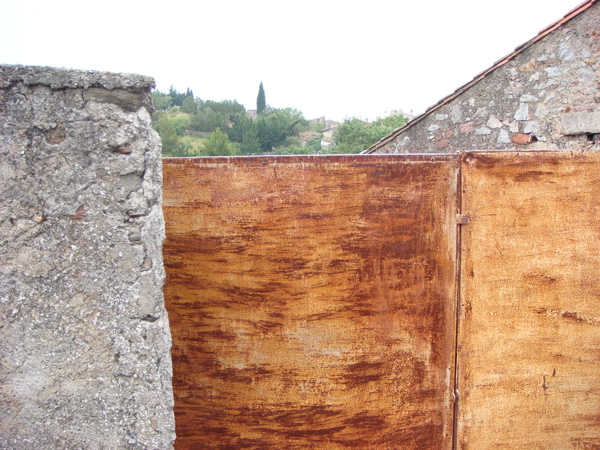
I’ve learned from him to create some mental add-on software that I call a Perplexing Poultry philtre. It’s a totally bizarre lift. If you fire up Perplexing Poultry in a microsoft attached to your spine, all the things around you seem to deform into linkages of odd-shaped birds with weird multisymmetrical ways of pecking into each other. You yourself become a wave of perplexity in the Poultry sea.
Philtres are cutting-edge in terms of image manipulation. Rather than being a static video or text, a philtre is a system of interpretation. The technology has evolved from a recreational device called a twist-box that was popular in the early twenty-first centurly. Twist-boxes were marketed as a drugfree method of consciousness alteration, as “a pure software high.” The twist-box used a simple Stakhanovite three-variable chaotic feedback loop, rather than a teleologically designed process as is characteristic of the new-style Perplexing Poultry philtre, which is really meant as an enhancement to drugs rather than as a replacement for them.
Clicking and chuckling, I collapse into the subdimensions, following my mentor, Roni Layerson.
[End Catalog Text Draft Three.]

